
REVIEW Cryobiotechnology of apple (Malus spp.) (Plant Cell Rep.) ($)
Apple (Malus spp.) is an economically important tree that faces, like other crops cultured in temperate regions, remarkable challenges due to climate change such as abiotic (drought and salinity) and biotic (fungi, bacteria and aphids) stresses. For that, there is increasing need to preserve Malus…
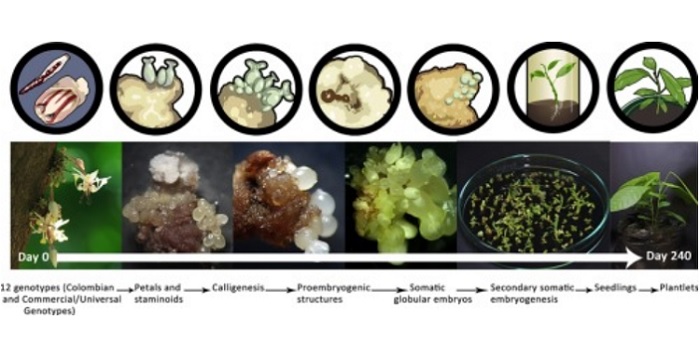
Regeneration of different genotypes of cocoa (Theobroma cacao L.) via somatic embryogenesis (Sci. Hortic.) ($)
The global demand for cocoa (from Theobroma cacao) has been increasing, but production has not kept up with demand due to global climate change, pest and disease issues, and low productivity due to old cocoa trees. Currently, grafting and seeds (produced by cross-pollination) are used to propagate cocoa,…

Conservation of Genomic Imprinting during Wheat Polyploidization
Yang et al. discover conservation of genomic imprinting between closely related Triticum and Aegilops species. https://doi.org/10.1105/tpc.17.00837
By Guanghui Yang and Mingming Xin
Background: Genomic imprinting causes genes to be differentially expressed depending on their parent-of-origin, which…
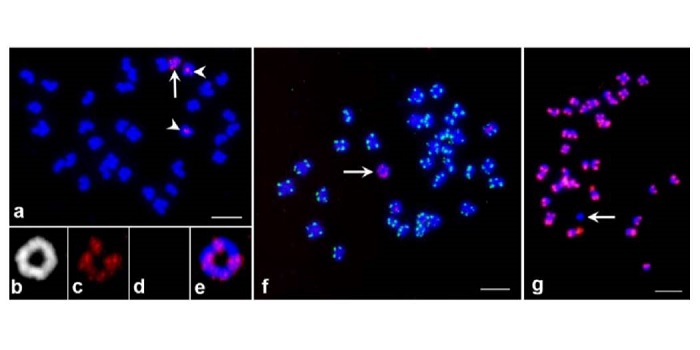
Gene duplication and aneuploidy trigger rapid evolution of herbicide resistance in common waterhemp
Plant Physiol. Herbicide resistance is a serious problem in contemporary agriculture. One of the most widely used herbicides, glyphosate, interferes with the activity of EPSPS (5-enolpyruvylshikimate-3-phosphate synthase). Koo et al. previously showed that glyphosate-resistant waterhemp (Amaranthus tuberculatus,…
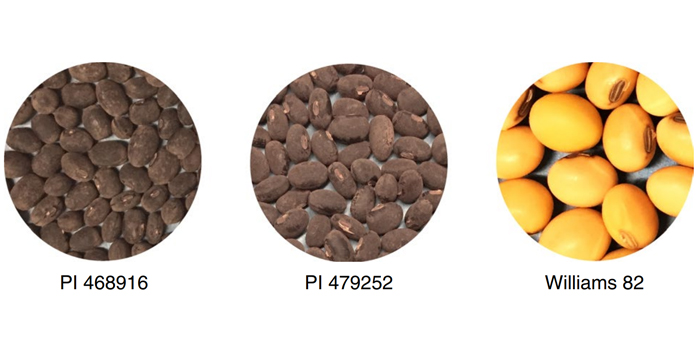
Elevation of soybean seed oil content through selection for seed coat shininess
Nat. Plants. Soybean is the world’s sixth most produced crop and is economically important as a source of protein and oil in animal and human food, as well as having industrial applications. Domestication of soybean has resulted in the absence of seed coat bloom, a powdery coating containing hazardous…

Speed breeding is a powerful tool to accelerate crop research and breeding
Nat. Plants. The current rate of crop plant breeding, limited by the long generation time of crop plants, is insufficient to address the needs caused by the enormous increase in the human population accompanied by climate change. Watson et al. have recently presented a method called ‘Speed breeding’…
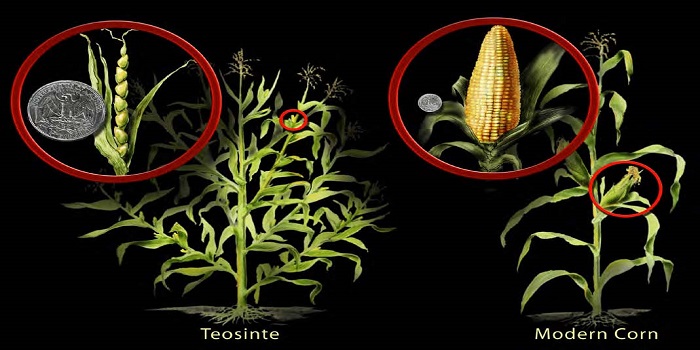
Review. Artificial evolution: Creating genetic diversity in the lab ($)
Humans have been domesticating plants for 10,000 years, having an impact on the gene pools of multiple species chiefly through selective breeding approaches. Although plant domestication ensured food availability to early civilizations, plants were, and still are, mainly selected based on their morphology…
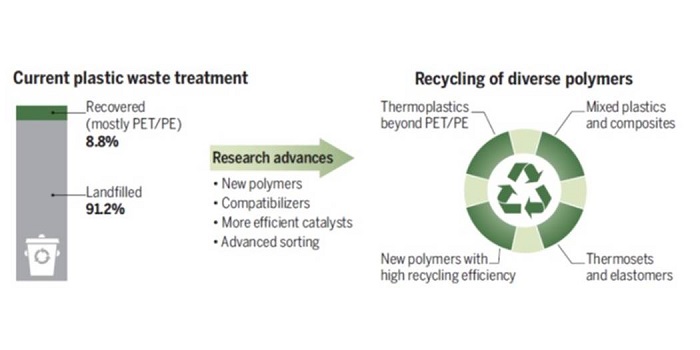
Perspectives: Plastics from plants, plastic recycling and plastic degradation
“If the current trend continues, there could be more plastic than fish by weight in the oceans by 2050” writes MacArthur in her Editorial, “Beyond plastic waste” (10.1126/science.aao6749). In three Perspective articles, challenges and opportunities to reduce plastic waste and improve its production…
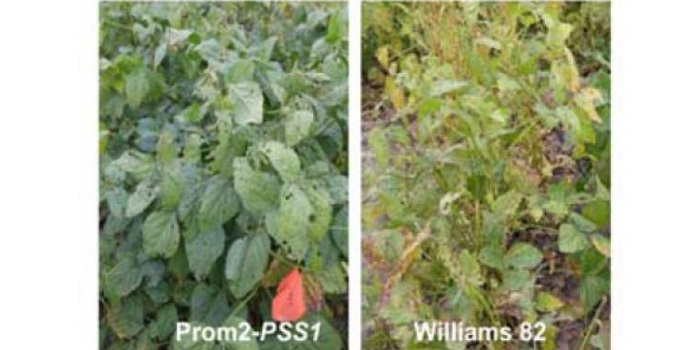
An Arabidopsis glycine-rich plasma membrane protein enhances disease resistance in soybean
Previously, the authors identified an Arabidopsis mutant that shows resistance to a widespread oomycete pathogen. In this new work, Wang et al. identified the Phytophthora sojae susceptible gene locus, PSS1, which encodes a plasma-membrane localized glycine-rich protein. When introduced into soybean…

